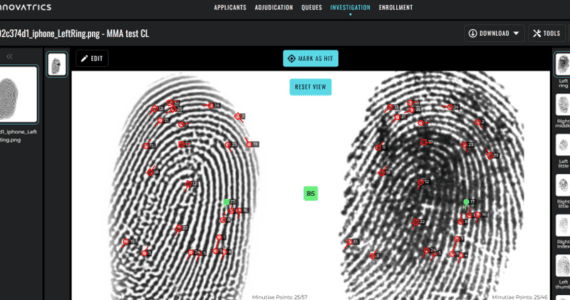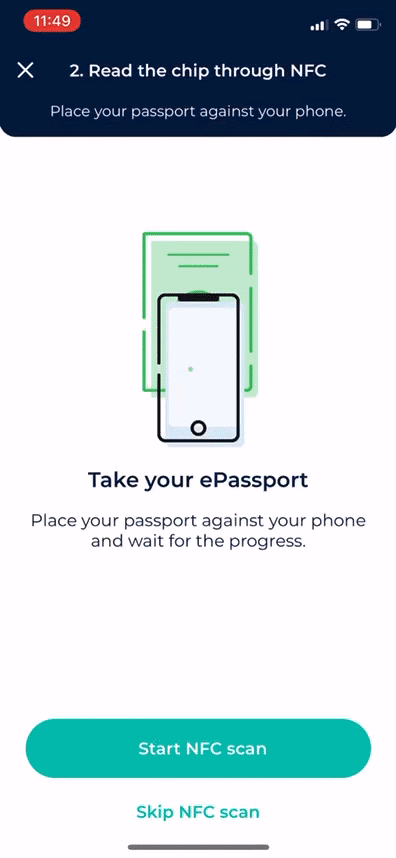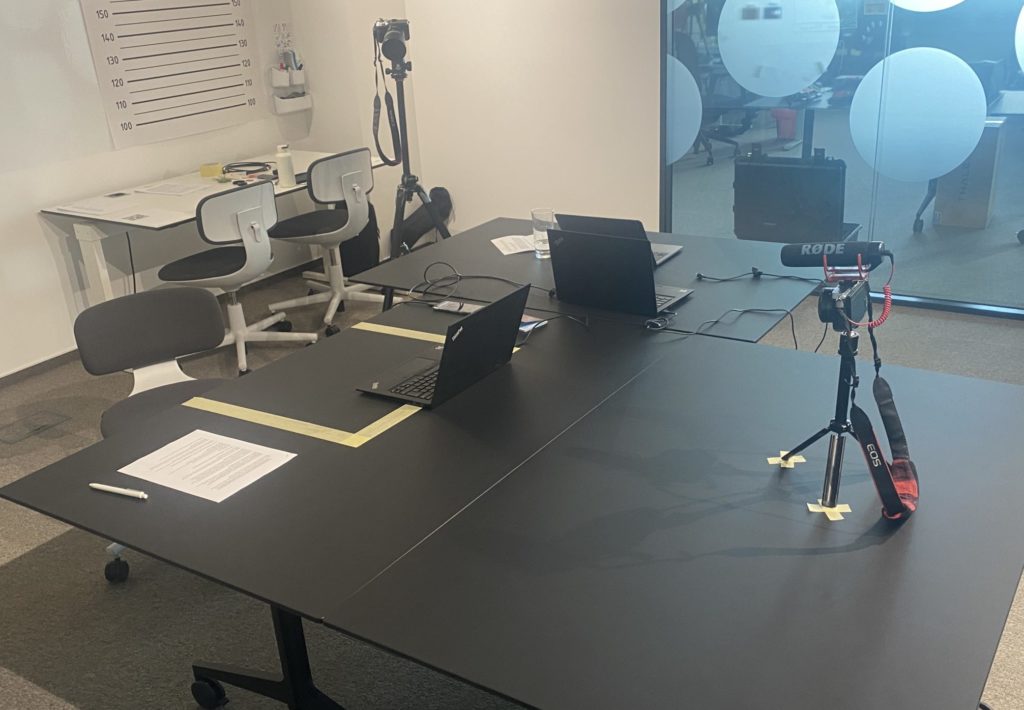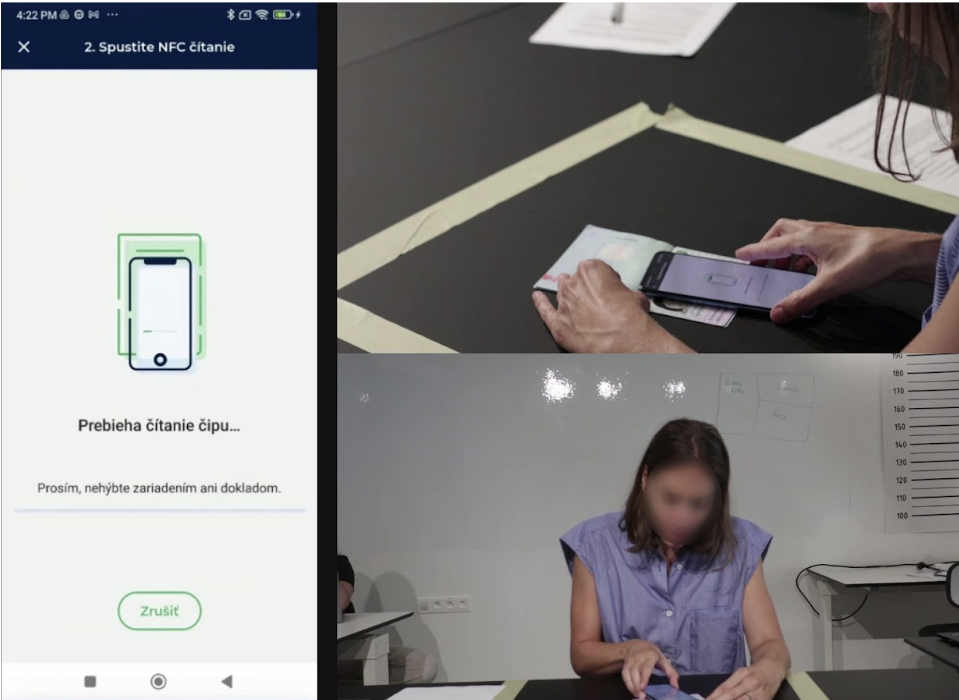

Behind the Scenes: Building An Accurate Cross-domain Contactless Fingerprint Algorithm
With proper 3D modeling, contactless fingerprints can be significantly more accurate than just comparing photos with a gallery. ...
Read moreRead the details about how we tested the NFC verification process with real users to provide them with optimal experience. The insights gained from the first round of testing allowed us to alter steps in the onboarding process to make it faster and easier to finish for the user.
The NFC chip in passports and IDs may sound mundane, but it’s a dream technology for identity verification: it’s secure, easy to read with a smartphone and it’s standardized. With a single NFC-reading app you can suddenly access information from any compatible ID. And the information obtained this way is reliable by design.
What is NFC?
Near-field communication or NFC is a technology that allows wireless data transfer over short distances. The data is usually stored on an encrypted chip and part of the NFC technology is making sure that the chip is genuine, not forged. Apart from IDs it’s also used in touchless cards for payments and in many other applications. Most of the current smartphones are equipped with an NFC receiver.
Not all people already know that their ID contains a contactless chip or how to read it. And if people are not sure how to use a feature, they may not use it right or at all. At Innovatrics, we want to make users’ lives as easy as possible, that’s why we took the NFC capability to the testing table. The aim: design the onboarding process in a way that’s easy to understand and pass through on the first try.


“We tested our prototype with 6 people from different backgrounds to get a wide palette of feedback,” explains the designer Martina Budzinakova. Six persons may not sound like a lot, but it’s a standard number for such a specific type of testing. “With more people you would only get repetitive results,” she says and adds that 5 to 6 participants are able to uncover 75 to 85 % of all usability problems.


The team asked the participants to download the app and follow the in-app instructions to pass the onboarding. All the while, the people were encouraged to talk through the process and their reactions were recorded. The aim was to find out whether the instructions are easy to follow successfully.
The most instructive was observing how people – drafted from various demographics – interact with the app. “We wanted to identify friction points, moments of confusion and potential bugs in the product,” says Martina. While the process is relatively simple – you capture the back page of the passport and then read the NFC information – the people had problems with various steps. The visual instructions were also customized for iPhone and Android, because they have NFC readers placed differently in the smartphone. Passports and IDs also used separate animations to avoid confusion, because they look different.


The time it took the participants in every step has been timed to see how long the onboarding process takes place in the real world. Longer times also showed spaces for improvement – if a person struggles with a step in the process, the chance they will finish it starts to drop. The findings from the first testing then fuelled the changes. “Changing the animation for NFC reading to be more comprehensible reduced the average reading time by 33 percent to 28 seconds,” points out Marek Helbich from the DOT team responsible for the digital onboarding.
The feedback from the testing led to slight changes in the whole process. The instructions for reading IDs and passports have been altered and the way the document photos are taken have changed as well. Another round of testing was then done remotely with a larger audience. The success rate has risen by 10 percentage points to a very respectable 87.5 % of the users successfully scanning their NFC passport.
The failures have been a mixture of user and environment errors – e.g. bad lighting conditions or covered smartphone lens. The results show that even minor changes in app behavior can significantly affect the success rates of onboarding.
The feedback gathered during the whole process has shown that providing correct information during the whole process is crucial: “ The process was easy to understand and follow only because of the basic explanation which included the description of the camera image. It made it clear when it captured the correct information,” said one of the users. Many apps don’t provide feedback when they fail to collect the required information, leading to guesswork or frustration of the user.
The testing has also shown that people are increasingly aware of the fact that their biometric data are being processed: “The people are giving you data, so there should be clarity around what the app actually does with it,” said one of the users while checking out the information of how the data is used.
Try the NFC verification in our demo Contact Us